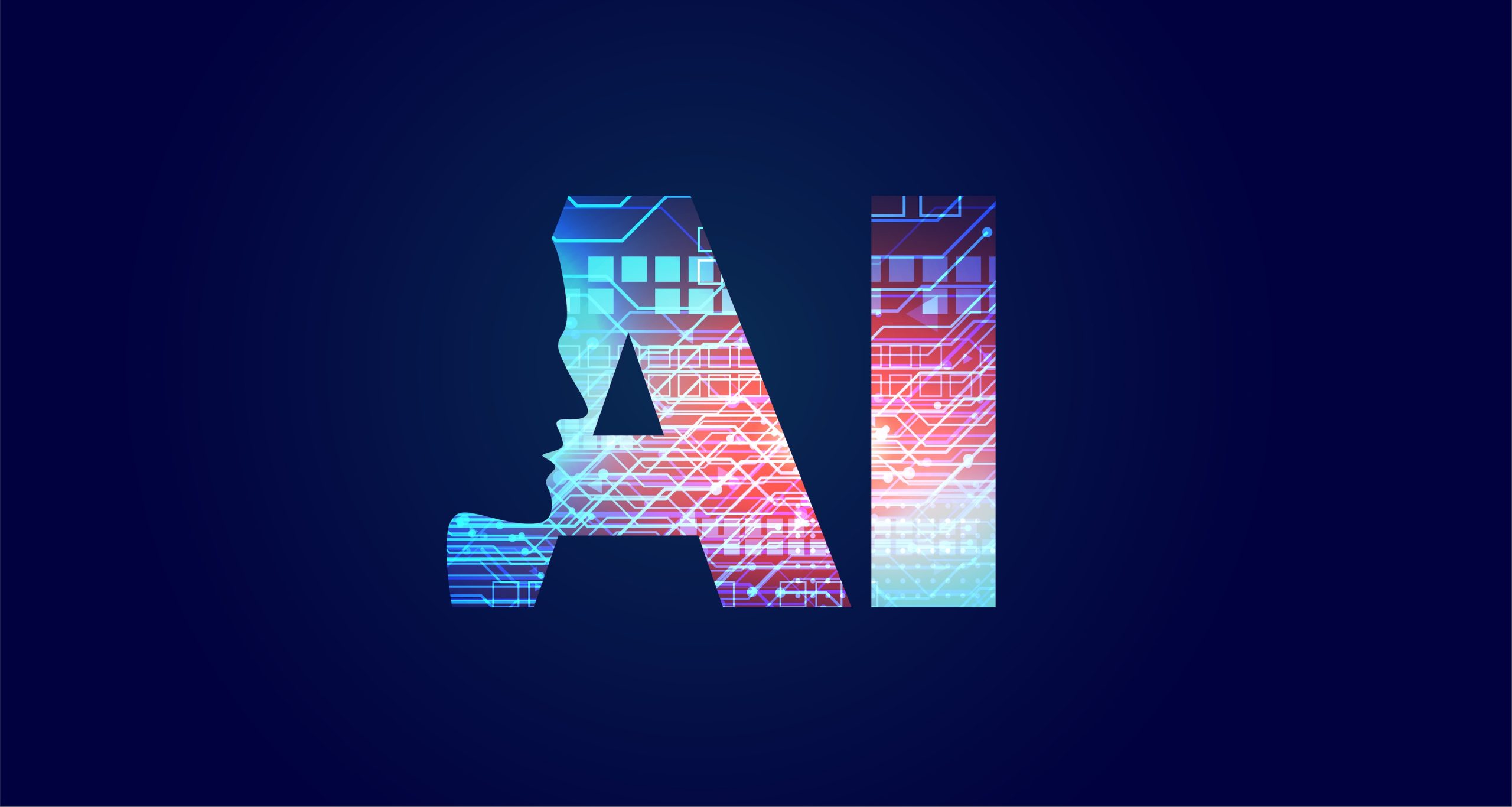
IS AI GOOD OR BAD FOR GRAPHIC DESIGN?
With the huge increase in AI usage in our daily lives – is it a positive or negative influence?
AI (Artificial Intelligence) is a rapidly growing field that involves the development of computer systems that can perform tasks that typically require human intelligence – such as visual perception, speech recognition, decision making and language translation.
AI is a tool that can be used for both good and bad purposes, depending on how it is designed, developed, and deployed.
On the positive side, AI has the potential to bring significant benefits to society, such as improving healthcare, advancing scientific research, enhancing transportation, increasing efficiency in business operations, and providing personalised experiences for consumers. AI can also help tackle complex social and environmental challenges, such as climate change, poverty, and disease.
On the negative side, AI can be misused and pose risks to society, such as violating privacy, perpetuating bias and discrimination, increasing inequality, and being used to create autonomous weapons. There are also concerns about the impact of AI on jobs and the economy, as automation can potentially replace human labour in certain industries.
Overall, it is not accurate to label AI as inherently good or bad, as it depends on how we develop and use it. It is important to prioritise ethical considerations and ensure that AI is designed and deployed in a way that maximises its benefits while minimising potential harm.
How will AI change Graphic Design?
AI technology is already having a significant impact in the field of graphic design in several ways and is likely to continue to do so in the future. Here are some of the ways AI is impacting graphic design:
Automation of routine tasks: AI can automate repetitive tasks such as resizing images, batch processing, and formatting, which can save designers time and allow them to focus on more creative work.
Creation of design assets: AI-powered tools can generate logos, typography, and other design elements automatically, based on user input or predefined templates.
Personalisation: AI can analyse data and user behaviour to personalise designs, such as web pages, ads, and social media posts, to engage specific audiences better.
Design assistance: AI can provide designers with feedback, suggestions, and insights to improve their work, such as identifying layout problems, colour schemes, and font choices.
Augmented reality (AR) and virtual reality (VR): AI-powered tools can help create immersive experiences using AR and VR technology, such as interactive product demos, virtual showrooms, and augmented reality apps.
However, it is important to note that AI will not replace human creativity and intuition in graphic design.
While AI can generate and suggest ideas – it is a tool that can assist designers in their work – it cannot replace the human touch and subjective decision-making essential to the creative process.
The creativity, imagination, and emotion unique to humans are difficult for AI to replicate. The most successful use of AI in graphic design will likely involve collaboration between humans and machines to achieve the best results.
COMPLETE COURSES LIST 2024 - 2025
SCHOOL OF GRAPHIC DESIGN
Graphic Design for Beginners Level 1
Graphic Design Level 2
Advanced Graphic Design Level 3
SPECIALIST DESIGN COURSES LEVEL 4
Advertising Design Level 4
Brand & Corporate ID Design Level 4
Packaging Design Level 4
Visual Communication Level 4
PROFESSIONAL + BUSINESS COURSES LEVEL 5
Creative Thinking & Process Techniques PL5
Creative Team Building PL5
SCHOOL OF TEXTILE DESIGN
Textile Design for Beginners Level 1
Textile Design Level 2
SHORT COURSES + WORKSHOPS
Introduction to Graphic Design Short Course
Logo Design Short Course
Creative Thinking Short Course
Become a Freelancer Short Course
Digital Illustration for Beginners Short Course
